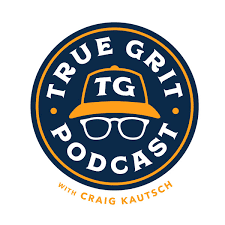What does working smarter have to do with learning? Sometimes, we just get into a rut, doing the same things over and over again, even when it’s not working.
As the story goes, a young man was working very hard sawing a huge pile of wood. His efforts were doubled because he was using a dull-edged saw. The old farmer walked up to him and advised him to stop what he was doing to sharpen the saw. He quickly replied, “Oh I don’t have time.”Of course, it’s obvious in this simple example that taking the time to go sharpen the saw would make the young man’s work much more efficient and effective. Yet how many times do we keep using a dull saw and feel frustrated that the results are not what we want?
A fifty-something, bottom-line-driven company president engaged in an executive coaching program. He had recently tripled the size of his company and I had been working with him on how to manage the growing pains that kind of rapid growth produces. He was reluctant to include a 360 Emotional Intelligence (EQ) assessment as part of his program at first. However, what he learned from the feedback led him to completely change his strategy.
Rather than focusing so much time on his marketing campaign and internal processes, he began spending more time in the field with his top people. Listening to their challenges, partnering with them in solving issues, and systematically building their skills increased his leadership team’s capacity. Later, his comments surprised me: “It was exciting. I started growing again… I realized I had quit learning.”
Research backs this up, as outlined in the book, Leadership Sustainability by Dave Ulrich and Norm Smallwood. There are five distinct yet interrelated roles of a leader: strategist, executor, talent manager, human capital developer and personal proficiency. The authors found that of these five roles, the last one is the key to sustainability.
It’s about continuous improvement as an individual. Without an actively generated learning curve, a leader’s ability to use the rest of his skills to guide organization growth withers. One added bonus: when a leader engages in their own personal growth, they bring new passion and energy to work each day. Since emotions are contagious, this has a positive impact on the culture.
What are you learning this year?





